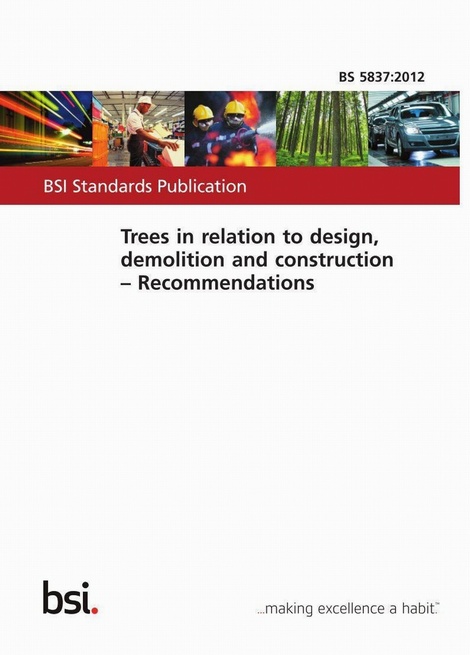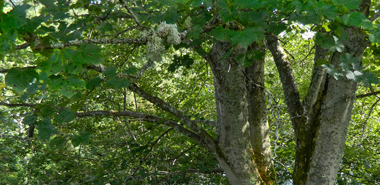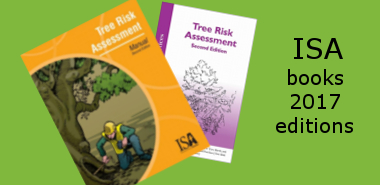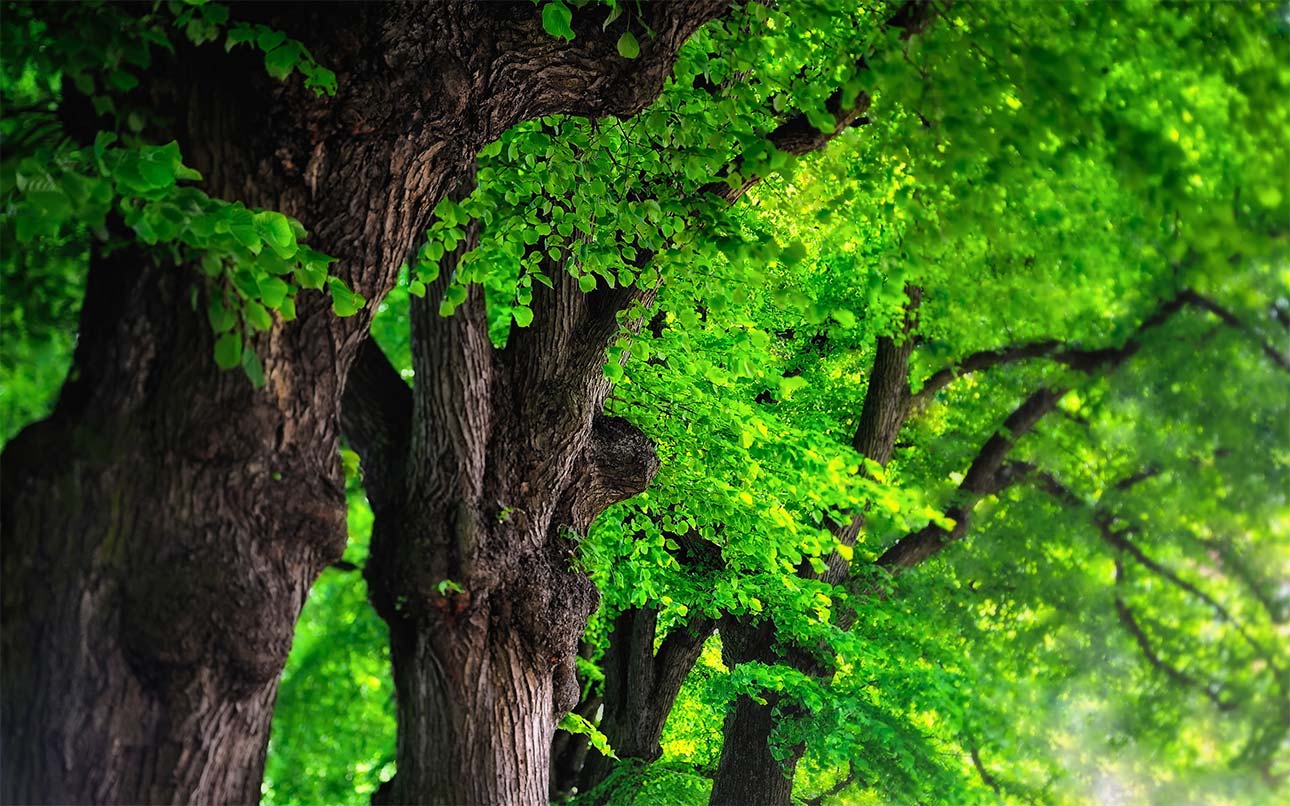| Paperback | |
| A4 | |
| 50 pages |
BS 5837:2012 Trees in relation to design, demolition and construction. Recommendations
£275.00Trees are important elements of green infrastructure, contributing to urban cooling through evapotranspiration and providing micro-climatic effects that can reduce energy demands in buildings. They therefore represent a key resource that can significantly contribute to climate change adaptation.
Trees can offer many benefits, including:
Providing visual amenity, softening or complementing the effect of the built environment, and adding maturity to new developments
Displaying seasonal change and providing opportunities for wildlife in built-up areas
Making places more comfortable in tangible ways by contributing screening and shade, reducing wind speed and turbulence, intercepting snow and rainfall, and reducing glare.
Where tree retention or planting is proposed in conjunction with nearby construction, the objective should be to achieve a harmonious relationship between trees and structures that can be sustained in the long term. The good practice recommended in this British Standard is intended to assist in achieving this objective. BS 5837:2012 is applicable whether or not planning permission is required.
BS 5837:2012 follows a logical sequence of events that has tree care at the heart of the process. The full sequence of events might not be applicable in all instances; for example, a planning application for a conservatory might not require the level of detail that needs to accompany a planning application for the development of a site with one or more dwellings.
This is a full revision of the standard
It introduces the following principal changes:
Takes account of current practice regarding planning for the management, protection and planting of trees in the vicinity of structures, and for the protection of structures near trees
Updates the guidance in relation to building regulations
Recognizes the contribution that trees make to climate change adaptation.
Contents for BS 5837:2012 includes:
Scope
Normative references
Terms and definitions
Feasibility: surveys and preliminary constraints
- General
- Topographical survey
- Soil assessment
- Tree survey
- Tree categorization method
- Root protection area (RPA)
Proposals: conception and design
- General
- Constraints posed by existing trees
- Proximity of structures to trees
- Arboricultural impact assessment
- Tree protection plan
- New planting design and associated landscape operations
Technical design
- Arboricultural method statement
- Barriers and ground protection
- Site monitoring
Demolition and construction in proximity to existing trees
- General
- Avoiding physical damage to the roots during demolition or construction
- Tree protection during demolition
- Permanent hard surfacing within the RPA
- Special engineering for foundations within the RPA
- Subterranean construction within the RPA
- Underground and above-ground utility apparatus
Site works, landscape operations and management
- General
- Drainage
- Topsoil quality and amelioration
- Soil compaction and remediation measures
- Use of mulch
- Hard surfaces
- Use of herbicides
- Tree management
Who is BS 5837:2012 for?
It is applicable to all those interested in harmony between trees and development, this includes:
Arboriculturists
Architects
Builders
Engineers
Landscape architects
Land managers
Contractors
Planners
Statutory undertakers
Surveyors.
Supersession
This British Standard supersedes BS 5837:2005, which is withdrawn.
Publisher: - British Standards Institution - more
Code: - ISBN 9780580699177
Year: - 2012
Authors: - British Standards Institution











